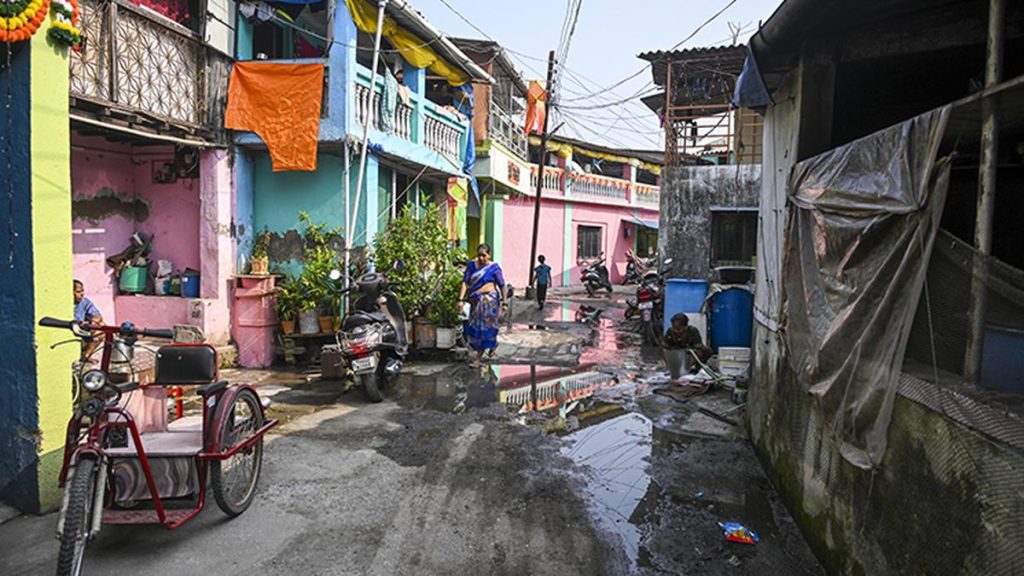Now Reading: Antarctic Ice Sheet Holds Clues to New York’s Rising Flood Risk
-
01
Antarctic Ice Sheet Holds Clues to New York’s Rising Flood Risk
Antarctic Ice Sheet Holds Clues to New York’s Rising Flood Risk

Quick Summary
- Historical Event: Superstorm Sandy in 2012 caused devastation in New York City, killing 147 people and causing $50 billion in damage, providing a glimpse into future flooding scenarios.
- Projections: The NYC Panel on Climate Change predicts sea-level rise of up to 2.5 feet by the 2050s and perhaps 9.5 feet by the year 2100.
- Historical Climate Cycles: The Quaternary period oscillated between glacial and interglacial cycles. During the Last Interglacial (129,000-116,000 years ago), global temperatures peaked slightly above current levels.
- New Findings on Ice Sheets: Contrary to previous assumptions, North america’s laurentide Ice Sheet persisted longer during the Last Interglacial than previously thought, leading to revised models about melting patterns in Antarctica.
- Antarctica’s Vulnerability: Research indicates rapid Antarctic ice loss during past warm periods which could lead to uneven sea-level rises globally-with areas like New York City experiencing significant impact due to localized factors like isostatic adjustment.
- Worst-case Scenario for NYC by 2100: Sea levels could rise dramatically-up to 10 feet locally-submerging areas such as Lower Manhattan and Coney Island permanently.
Indian Opinion Analysis
Understanding ancient climatic events brings vital insights into current climate risks affecting populations worldwide. For India, a country with extensive coastlines including highly populated cities like Mumbai and Chennai, similar concerns emerge regarding rising seas exacerbating coastal vulnerability through flooding or land submersion.
India must heed this research-not solely as a distant geographic phenomenon but as a critical precedent tied intrinsically with global warming trends that already exert pressure on its own shores. India’s dependence on urban zones along coastlines for trade infrastructure amplifies the potential socio-economic repercussions if polar ice melts dramatically accelerate due to anthropogenic activity (e.g., carbon emissions).
Adopting proactive measures based on predictive modeling-such as improving climate resilience policies around coastal areas-is essential for long-term habitability of vulnerable regions both domestically and globally.Read More



























